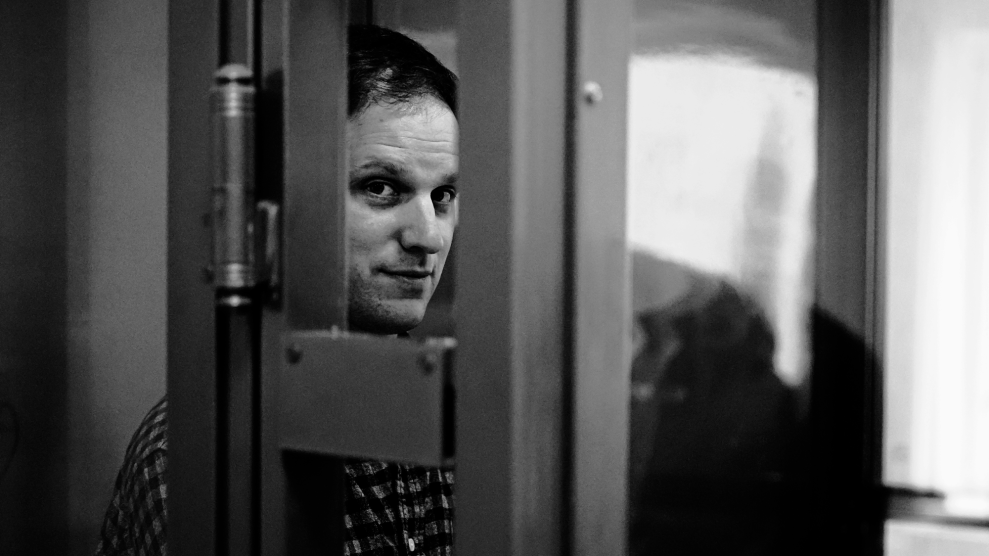The broad strokes of the story are familiar: Jim Jones, Guyana, the Kool-Aid. But remember the loudspeakers? Mounted throughout his jungle outpost, they broadcast Jones preaching from his control room, sometimes 24 hours a day. It’s details like this that elevate Stanley Nelson’s chronicle of the politically radical cult that ended with the deaths of more than 900 people beyond A&E fare.
Thanks to Jones’ megalomaniacal staging—video cameras and microphones appear to have been ubiquitous—Nelson is able to present an almost cinema verité vision of the Temple, which he supplements with survivors’ accounts. We see it all: the wheelchair-bound woman moved to walk by Jones during a sermon (she turned out to be one of his able-bodied secretaries), the cross-country “Freedom Rides” recruiting trips, the razing of the jungle to build Jonestown.
Former members, even one who recounts being raped by Jones in the back of his bus, recall his charisma and their desperate desire to believe in him. Says one, “Jim was breaking new ground in race relations at a time when the world was still hard against that.” Another recalls her time in Guyana—”I actually believed there was a heaven on earth”—before breaking down and adding, “Now I can’t believe in heaven anymore.”
Their crushed idealism is striking, especially set beside footage of Jones preaching death. “If we can’t live in peace, then let’s die in peace…. Hurry, my children, hurry, hurry, hurry…. Die with death, die with a degree of dignity.” At one point Jones shifts tenses, knowing the tapes would be his testimony: “We didn’t commit suicide. We committed an act of revolutionary suicide protesting the conditions of an inhumane world.”
Most survivors reject that notion, calling Jones’ final act a “slaughter.” Others’ sadness is more equivocal. A woman whose four children were killed circles back to the movement’s potential for creating equality and eliminating poverty. “I’m sad,” she says, “that it didn’t work out.”
The film will have its broadcast premiere April 9 on PBS’s American Experience.











